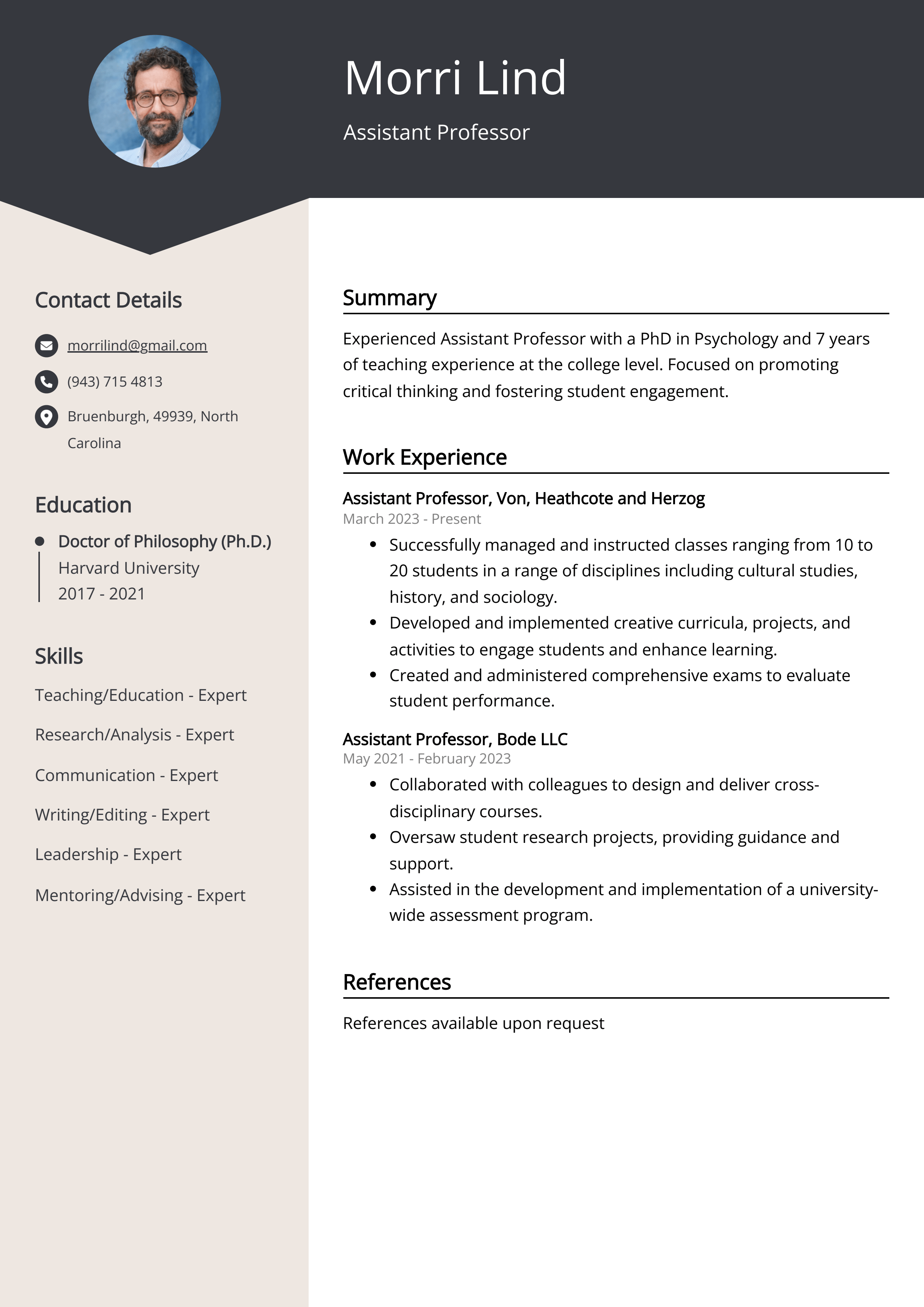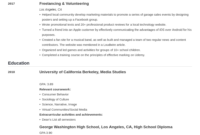Embarking on a career as an assistant professor is an exciting, yet highly competitive, endeavor. You’ve likely spent years cultivating your expertise, conducting research, and refining your teaching skills. Now, the challenge lies in effectively communicating all that hard work and potential to search committees. Your curriculum vitae, or CV, isn’t just a list of your accomplishments; it’s your primary advocacy tool, a narrative that convinces institutions you are the ideal candidate to contribute to their academic community.
A meticulously crafted CV is absolutely crucial for standing out in the crowded academic job market. It needs to clearly articulate your research trajectory, teaching philosophy, service contributions, and future scholarly potential. This article will guide you through the essential components of a compelling CV, offering insights to help you present your qualifications in the most impactful way possible, ultimately helping you perfect your cv template for assistant professor.
Crafting the Core Sections of Your Assistant Professor CV
When applying for an assistant professor position, your CV needs to be much more comprehensive than a typical resume. It’s a living document that showcases the depth and breadth of your academic journey, reflecting your scholarly identity and contributions to your field. Think of it as a detailed academic autobiography, designed to impress hiring committees with your research prowess, teaching capabilities, and service commitments. Each section plays a vital role in painting a complete picture of your academic profile.
Beginning with your contact information, ensure it’s prominently displayed and easy to find, followed by a concise yet powerful personal statement or research statement. This introductory section should immediately grab the reader’s attention, articulating your primary research interests, methodological expertise, and long-term career goals. It’s your elevator pitch for your entire academic profile, setting the tone for what’s to follow.
Academic Background and Research Experience
This is arguably the most critical section for an assistant professor role, as it directly speaks to your scholarly qualifications. Start with your most recent degree, typically your Ph.D., including the institution, major, and graduation date. If you have post-doctoral experience, list it here as well, detailing your research focus and the lab or faculty mentor you worked with. Following your degrees, dedicate substantial space to your research experience. This should include a clear description of your dissertation topic, highlighting its significance and your specific contributions. For post-doctoral work or other research projects, elaborate on your role, methodologies used, and key findings.

Your publication record is the backbone of your research experience and should be presented with utmost clarity. This section often stands alone due to its importance. Organize your publications logically, usually by category, and follow a consistent citation style relevant to your discipline.
- Peer-reviewed Journal Articles: List published articles, articles in press, and accepted articles. Include full citation details.
- Conference Papers and Presentations: Include poster presentations, invited talks, and conference proceedings.
- Books and Book Chapters: If applicable, detail any monographs or contributions to edited volumes.
- Works in Progress/Submitted: For academic positions, it’s often acceptable to list works under review or nearing submission, though clearly differentiate them.
Beyond publications, highlight any grants, fellowships, and awards you’ve received. These demonstrate external validation of your research and scholarly potential. Quantify where possible, mentioning the funding body and the amount awarded.
Tailoring Your CV and Avoiding Common Pitfalls
Creating a generic CV and sending it out to every opening is a surefire way to get overlooked in the competitive academic job market. Every assistant professor position is unique, with specific emphases on research, teaching, service, or a blend of these. Therefore, tailoring your CV for each application is not just recommended, it’s essential. This means carefully reviewing the job description, identifying key phrases and requirements, and then strategically integrating them into your CV. Look for the institution’s specific values, their departmental strengths, and the kind of research or teaching profile they seem to prioritize.
Beyond simple keyword matching, genuine tailoring involves rephrasing descriptions of your experience to align with the language and priorities of the target institution. If a department emphasizes interdisciplinary research, highlight your collaborations across fields. If a position focuses on undergraduate teaching, expand on your pedagogical innovations and student mentoring experiences. Remember, search committees are looking for candidates who can seamlessly integrate into their specific academic environment.
Another critical aspect of modern CV preparation is understanding how Applicant Tracking Systems (ATS) work. Many universities use these systems to filter applications based on keywords before a human ever sees them. While not as prevalent in academia as in industry, it’s wise to ensure your CV is ATS-friendly. This means using standard headings (e.g., "Research Experience," "Teaching Experience," "Publications"), avoiding overly complex formatting, and naturally incorporating relevant keywords from the job description.
Finally, while showcasing your strengths, be mindful of common pitfalls that can undermine your application. A strong cv template for assistant professor should avoid these issues:
- Excessive Length: While academic CVs are longer than resumes, avoid unnecessary filler. Focus on quality over quantity.
- Lack of Proofreading: Typos and grammatical errors convey a lack of attention to detail, which is detrimental for an academic role.
- Generic Content: Failing to tailor your CV for each specific position is a significant oversight.
- Omitting Quantifiable Achievements: Instead of "Taught several courses," state "Taught 5 undergraduate courses, consistently receiving average student evaluation scores of 4.5/5.0."
- Poor Formatting: An unorganized, visually chaotic CV is difficult to read and reflects poorly on your professionalism. Ensure consistency in fonts, spacing, and heading styles.
- Not Detailing Teaching Experience: Even for research-focused roles, demonstrating your teaching capabilities is often crucial.
Ultimately, your CV is a dynamic document that evolves with your career. It’s a powerful tool to communicate your value to potential employers, acting as your professional advocate in the competitive landscape of academia. By focusing on clarity, impact, and tailoring your message to each specific opportunity, you significantly increase your chances of securing that coveted assistant professor position. Continually refine it, seek feedback from mentors, and ensure it always presents the best possible version of your academic self.
